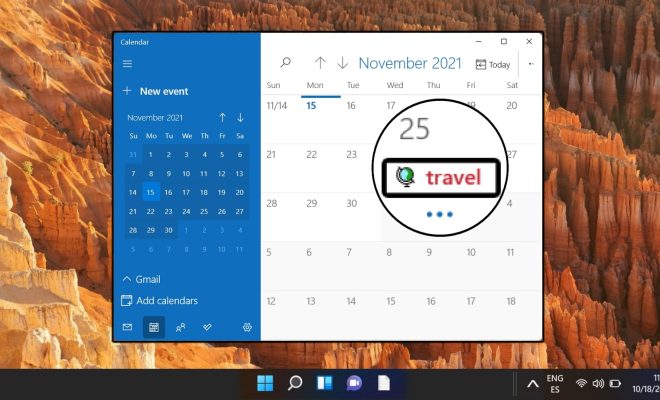How to Study a Textbook

Introduction
Studying a textbook may seem like a straightforward task, but it often requires more effort and strategies than simply reading through the pages. Many students struggle to understand and retain the information contained in academic textbooks. This article provides some useful tips on how to study a textbook effectively, enhancing your learning experience and maximizing the knowledge you acquire from it.
1. Prepare Your Mind
Before engaging with your textbook, spend a few moments clearing your mind and setting your intentions for studying. Eliminate any distractions that might interfere with your ability to concentrate. Close or mute any social media apps on your devices and create a quiet environment that is conducive to learning.
2. Preview the Material
Skim the textbook before diving into its contents. Look over the table of contents, chapter headings, subheadings, summaries, illustrations, and diagrams. This process will provide you with an idea of what topics will be discussed and the structure of the book.
3. Set Clear Goals
Identify specific objectives for each study session by creating a list of questions that you want to be answered or concepts you’d like to understand better after completing the session. Establishing clear goals can keep you focused during your studies and help you gauge your progress.
4. Take Effective Notes
While reading, take active notes that summarize key points, theories, examples, or case studies in your own words. Writing brief summaries not only strengthens your understanding of the material but also helps retain the information.
5. Create Visual Aids
Develop visual aids such as flowcharts, comparison tables, or mind maps to illustrate relationships between concepts and facilitate recall. These tools help create memorable associations between ideas, aiding in retention.
6. Apply Active Reading Techniques
Active reading involves interacting with the material in various ways: underlining or highlighting important passages, annotating sections with comments or questions, summarizing paragraphs, and discussing concepts with peers or a tutor. This approach aids in comprehension and retention by encouraging engagement with the material rather than passive consumption.
7. Break Up Your Reading
Instead of trying to finish an entire chapter or section in one go, break it into smaller segments with frequent breaks. To avoid cognitive overload, periodically rest your eyes and mind by stepping away from the book for a brief time. This approach consistently refreshes your focus and energy.
8. Review and Quiz Yourself Regularly
Rather than waiting to review material until just before the exam, engage in periodic revision throughout the study process. Revisit previous chapters, notes, or summaries regularly to ensure that the information remains fresh in your mind. Additionally, test your understanding through practice quizzes or questions found online, in your textbook, or created by yourself.
Conclusion
Studying a textbook effectively requires engagement in active reading techniques and applying various learning strategies instead of merely reading page after page. By following these steps, you will enhance your learning experience while maximizing the knowledge you gain from your textbooks. With practice and dedication, you can become a more successful student and harness the full potential of academic textbooks.






